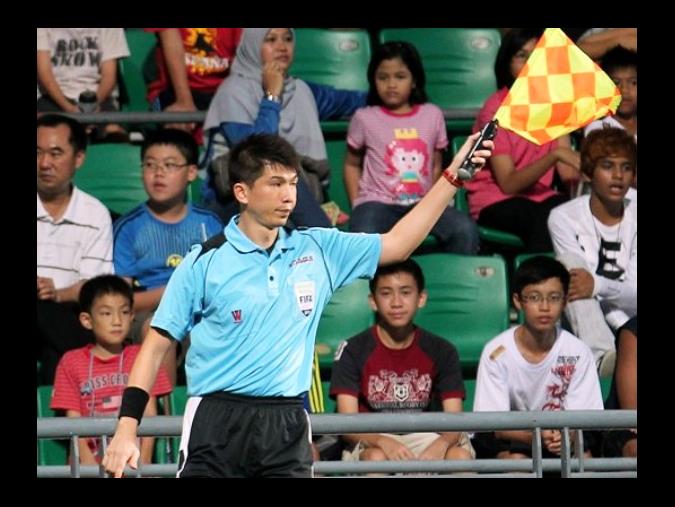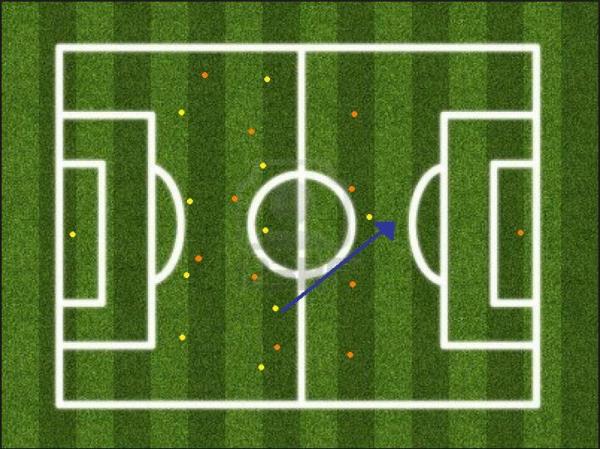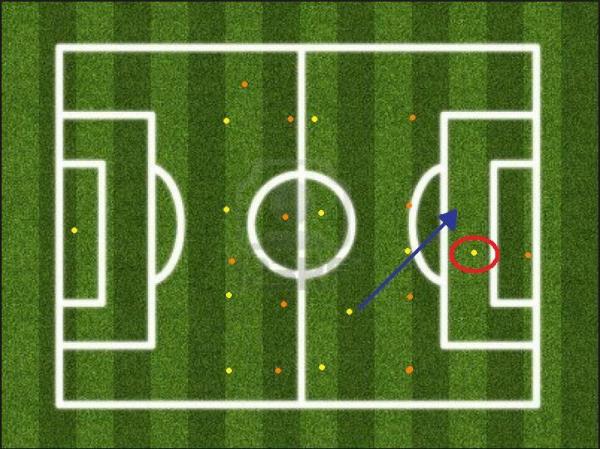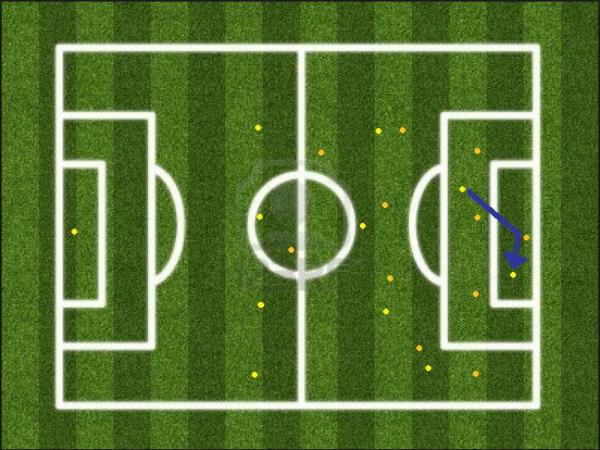Understanding the offside rule

By Lim Weiyang
LAWS OF THE GAME (1): OFFSIDES
The offside rule is possibly the most controversial and least understood of rules in football. For the less experienced footballers and spectators, there will always be looks of bewilderment and surprise when play is stopped at seemingly “random” times.
In actual fact, play was stopped because of an infringement of this rule. In this article, we seek to debunk the myths and lay down the actual conditions and scenarios whereby an offside can be called.
Why do offsides even exist?
The modern day offside rule was implemented in 1990, a time where the laws of the game were amended as part of a general movement by the game's authorities to make the rules more conducive to attacking football and help the game to flow more freely. The implementing of this rule allowed for tactical advancement in the sport, prior to which teams were often playing long passes one after the other to their forwards upfront hoping to get into easy goal scoring opportunities behind the defenders. You could imagine how disastrous that would be for spectators of our beautiful game.
The offside rule promotes gameplay that is systematically built up through a series of delightful manoeuvres like dribbling and short passes to the other end of the field, letting tactics shine and resulting in the game becoming more enjoyable to watch.
Why are offsides controversial?
The offside rule is considered controversial because the modern game still utilises human referees, so there is always room for human error. And when play is stopped because an offside is called wrongly, it results in a missed opportunity for a team who was actually in a legitimate goal scoring position.
A bad referee decision often incenses fans watching from the terraces or their television sets and in the context of Singapore you could often here colloquial chants of “Referee Kayu!” when it happens. “Kayu” here refers to wood meaning the referee made a dull judgement.
In today's game, the main match official is helped by two assistant referees who run along the touchlines during the football match, and alerted him when players are caught in an offside position and the offside rule has been infringed.
The offside rule explained
Here is the offside rule explained in 3 easy points.
1. An offside occurs when the opposition player is behind the last defending player at the point when the ball is played forward to him. It sounds simple enough but the question is often how much of a distance behind that constitutes to the infringement.
As long as any part of the body, inclusive of head, shoulders or feet of the attacking player is behind the last defending player when the ball is played forward, it will be considered an offside. That is if the player is involved in active play through any of the following conditions:
Interfering with Play

(a) Interfering with play
Touching the ball with any part of your body when you are in an offside position.
Interfering with an opponent - Obscuring the Goalkeeper's view
(b) Interfering with an opponent
Affecting the opponent in any way as opposed to when you are not there. This includes blocking the line of vision of the opponent, or making a gesture or movement in which at the referee's discretion is seen to be distracting or making the opponent react to you.
Gaining an Advantage - Taking the ball off a rebound
(c) Gaining an advantage by being in that position
If you play a ball that rebounds off an opponent or goal post if it is kicked by your own teammate it will be an offside. If the opponent does a back pass and you are in an offside position, it will not be deemed as an offside as it was not your own teammate that pushed the ball forward.
Hence, if the player does not breach any of the 3 conditions above, the whistle would not be blown even if he was in an offside position and play will be allowed to carry on.
2. Offside cannot be called if the attacking player that is being passed to is in his own half, regardless whether he is behind the last defending player or not. This is one of the biggest reasons why teams often choose not to have a high defensive line despite particularly if their opponents have quick players who can exploit them on the counter attack.
3. Offsides cannot be called when the ball is received directly from a corner, goal-kick and throw-in.
So there we have it, the offside rule explained in three simple steps. Hopefully after reading this article, you have some newfound insights on football's most contentious rule, and the next time you are with a bunch of football fans you can be the one explaining it to your bemused friends amidst shouts of “Referee Kayu!”

To receive the latest updates on the happenings in the Singapore sports scene, or to find out more about some of the latest programmes on offer at ActiveSG, like our Facebook page here.
Interested in football and want to hone your skills with the best? Or perhaps you are a parent wishing to expose your child to the beautiful game?
If your answer to either of the above is yes, then ActiveSG Football Academy is the place for you to be at. Led by former Singapore international Aleksandar Duric, and five head coaches with experience from the highest level of football in Singapore: Richard Bok, Robin Chitrakar, Hyrizan Jufri, Mohamad Hairil Amin, Isa Halim, and Steven Tan, ActiveSG Football Academy has a holistic football programme designed to build character and impart the right skills while encouraging trainees to pursue their sporting passion with the right attitude.
To find out more or sign up for the academy, visit this link here.




![ActiveSG Academies and Clubs Logo (Solid Colour)[8647]](https://www.activesgcircle.gov.sg/hs-fs/hubfs/ActiveSG%20Circle%202023Theme/images/ActiveSG%20Academies%20and%20Clubs%20Logo%20(Solid%20Colour)%5B8647%5D.png?width=150&height=65&name=ActiveSG%20Academies%20and%20Clubs%20Logo%20(Solid%20Colour)%5B8647%5D.png)



-01.png?width=200&height=141&name=Team%20Singapore%20Logo%20(Red)-01.png)




.png?width=300&name=Red%20Cross%202018%20(1).png)